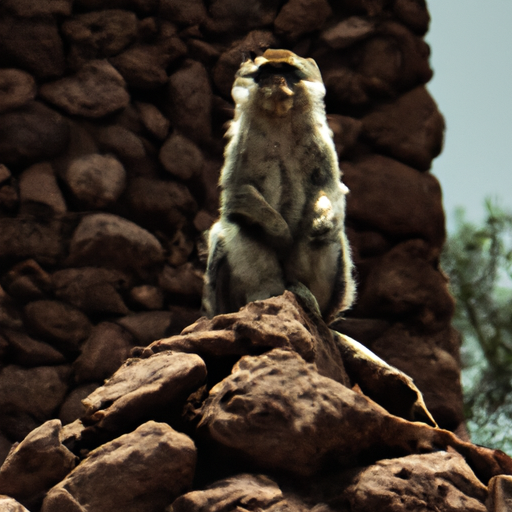 Introduction:
Introduction:
The question of where animals belong in the natural world is a complex and multifaceted topic. Animals, just like humans, have unique ecological niches and specific roles within their habitats. Understanding where animals belong requires a comprehensive examination of various factors, including evolutionary history, ecological interdependencies, and habitat suitability. In this extensive article, we delve into the intricate balance of animal habitats, exploring the rightful place for all creatures.
1. Adaptation and Evolution:
The first crucial aspect in determining where animals belong is understanding their evolutionary history and adaptations. Over millions of years, animals have evolved specific traits to survive and thrive in their respective environments. For instance, fish have adapted to aquatic habitats with streamlined bodies and gills, while birds developed wings for flight and hollow bones for lightweight structures. These adaptations allow animals to exploit resources and fulfill their ecological roles within their habitats.
2. Ecological Interdependencies:
Animals do not exist in isolation but are part of intricate ecological webs. Every creature plays a crucial role in maintaining the balance and stability of its ecosystem. For example, bees, through pollination, facilitate the reproduction of flowering plants, ensuring a diverse plant community. Predators regulate prey populations, preventing overgrazing and maintaining the health of ecosystems. Removing or disrupting animals from their habitats can have far-reaching consequences, leading to cascading effects throughout the food chain.
3. Biodiversity and Ecosystem Functioning:
Biodiversity, the variety of life on Earth, is fundamental to the functioning of ecosystems. Each animal species contributes to the overall biodiversity of an ecosystem and provides unique ecological services. These services include nutrient cycling, seed dispersal, pest control, and pollination. Consequently, animals belong in their habitats to support the intricate web of life, ensuring the resilience and sustainability of ecosystems.
4. Habitat Suitability:
Animals are well-adapted to specific habitats that provide the necessary resources for their survival. Habitats encompass the physical environment, such as climate, topography, vegetation, and availability of food and water sources. For instance, polar bears thrive in the Arctic, relying on sea ice for hunting seals, while elephants inhabit savannahs, utilizing vast grasslands and water bodies. The suitability of habitats plays a vital role in determining where animals belong, as species’ survival is intricately linked to their ability to find sufficient resources.
5. Human Impacts on Animal Habitats:
In recent times, human activities have significantly altered natural habitats, leading to habitat loss, fragmentation, and degradation. Deforestation, urbanization, pollution, and climate change have disrupted ecosystems, pushing animals out of their historical ranges or forcing them to adapt to new environments. These human-induced changes threaten the very existence of countless species and disrupt the balance of ecosystems. Understanding the importance of where animals belong becomes crucial for conservation efforts and mitigating the impacts of human activities.
6. Conservation and Restoration:
Recognizing the rightful place of animals within their habitats is central to conservation efforts. Conservation aims to protect and restore ecosystems, including their flora and fauna, ensuring the long-term survival of species and the sustainability of natural resources. Conservation strategies involve habitat restoration, captive breeding programs, protected areas, and promoting sustainable practices. By restoring habitats and reducing human-induced pressures, we can help animals reclaim their rightful place and safeguard the web of life.
7. Human-Animal Coexistence:
While discussing where animals belong, it is essential to acknowledge that humans also share this planet with other creatures. As intelligent beings, we have a moral and ethical responsibility to coexist peacefully with animals and respect their habitats. This involves creating harmony between human development and conservation, implementing responsible land-use practices, reducing wildlife exploitation, and promoting sustainable livelihoods.
Conclusion:
Determining where animals belong is a complex and dynamic process that requires a holistic understanding of evolutionary history, ecological interdependencies, habitat suitability, and human impacts. Animals play invaluable roles in maintaining biodiversity, ecosystem functioning, and overall planetary health. Protecting their habitats, promoting conservation, and adopting sustainable practices are crucial steps towards ensuring that animals can fulfill their rightful place on Earth’s stage. It is our duty to preserve the intricate balance of animal habitats and foster a harmonious coexistence between humans and the natural world.
